The first type of body armour issued to airborne forces was designed by the Medical Research Council (MRC). The armour was made of three 1mm thick manganese steel plates for the chest, lower belly (also known as the "goolie" plate) and a rear plate partially covering the lower back and kidneys in an inverted ‘T’ design.
These plates were placed in canvas covers with felt padding, held in place by straps, and usually worn under the smock. Total weight was just over 1 Kg. Issued to airborne forces for Operation Overlord, June 1944, further sets were also issued for Operations Market Garden and Varsity, in September 1944 and March 1945, but each time it proved unpopular in action and was quickly discarded or traded for other items.
Post war, and as the troubles in Northern Ireland developed, body armour was sourced from the United States to issue to British troops. The M1952, and later M1969, fragmentation jackets consisted of a Kevlar liner with an olive green cover which fastened at the front. The M1969 added a raised collar for additional protection and padding on the shoulders to provide better grip for rifles. Improved Northern Ireland Body Armour (INIBA) was later utilised to be worn under smocks.
The next major change came with the introduction of Combat Body Armour (CBA) in the early 1990s. This again consisted of a front fastening Kevlar liner with a Disruptive Pattern Material (DPM) or Desert DPM cover. Later versions incorporated a pocket on the front and back of the liner to hold a ballistic plate to protect the wearer’s heart and were known as Enhanced Combat Body Armour (ECBA).
For operations in Afghanistan and Iraq, and with the ever increasing threat of Improvised Explosive Devices (IED), ‘Kestrel’ body armour was introduced which provided additional protection to the neck and arms with additional Kevlar collars and sleeves.
A radical redesign of body armour was undertaken as Operation Herrick continued into 2008. The Osprey body armour consisted of a front and back Kevlar lining which joined via Velcro and press studs at the waist and shoulders, covered in a desert DPM cover with loop attachment points for pouches. Large external zipped pockets at front and rear provided space for ballistic plates and offered increased protective coverage to the wearer.
This version was refined, in light of operational experience, into the 2010 Osprey Assault body armour. The protective plates were now carried in a pocket inside the armoured vest, making it less bulky and obstructive to movement. Also, the inside of the vest had a new ribbed material lining to improve breathability in the harsh Afghan climate. It also included improved rubber mouldings on the shoulders, designed to prevent heavy rucksacks and weapons from slipping. A total of 23 pouches were available to be worn on the armour.
Additionally, delivered as an Urgent Operational Requirement (UOR) and designed to mitigate the effects of explosions on the front line, the pelvic protection system was introduced consisting of 3 tiers of protection in 2010.
The Tier One layer consisted of ballistic silk long legged shorts to protect against the effects of blasts. Tier Two is a second layer of detachable pelvic Kevlar body armour, worn by troops when carrying out higher risk tasks outside the wire. Tier Three is a set of ballistic knee length shorts, designed for use by troops whose roles demand greater levels of protection on patrol – such as those operating the lead metal detector in teams searching for Improvised Explosive Devices.
Additional protective equipment issued for current operations includes Ballistic Eyeshield glasses and Personalised Interfaced Hearing Protection (PIHP). The glasses are issued with 3 sets of interchangeable lenses, for varying light conditions, and also provide protection to the eyes from the fragments and shrapnel of blasts. The PIHP ear plugs cancel out the sound of gunfire and explosions, but still allow the user to hear orders as the plugs connect to the Personal Role Radio (PRR).
From early 2016 the VIRTUS Scalable Tactical Vest (STV) was introduced as part of the VIRTUS Scalable Torso protection subsystem, providing the means to enable soldiers to scale their protection appropriate to the threat level and to reduce the weight when compared to the Osprey Assault body armour. There is also a quick release mechanism to aid removal of the vest.
The vest can be scaled to a Level 1 "Covert" option with soft armour filler only and worn under the uniform, or to a Level 2 "Plate Carrier" version with the addition of Osprey protective plates to the front and rear, or Levels 3 and 4 offering the highest protection with the addition of side armour plates and neck, shoulder and upper arms protection.
A variety of pouches and the Dynamic Weight Distribution (DWD) consisting of adjustable spine bar and chassis/MOLLE belt, can also be fitted to aid the carrying of heavy loads.
Additional information courtesy of the MoD.

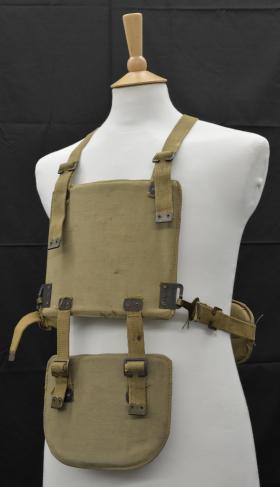
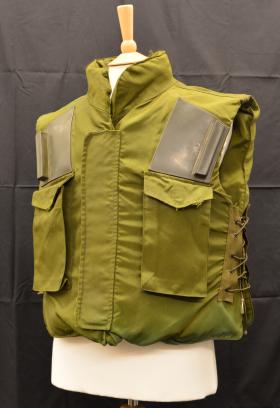
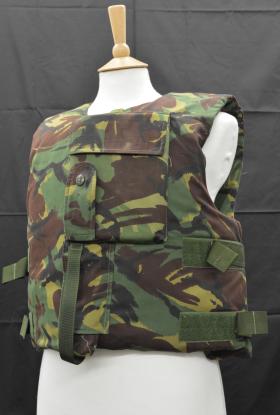
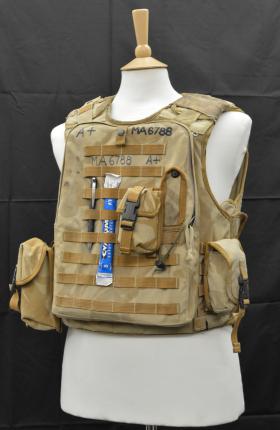
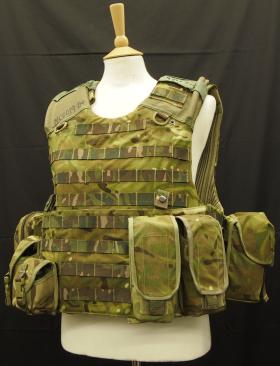
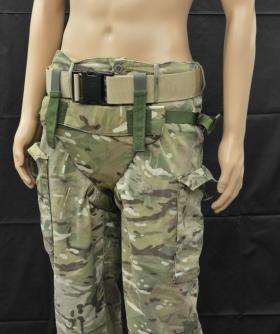
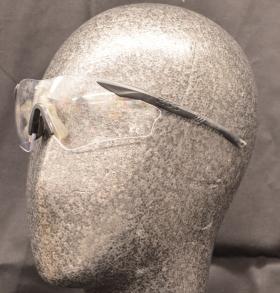
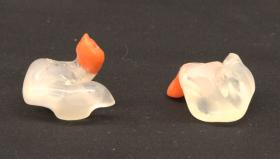
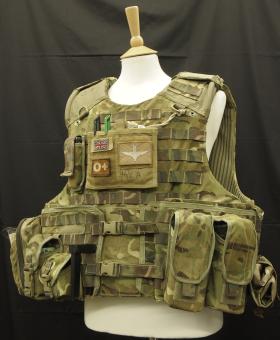
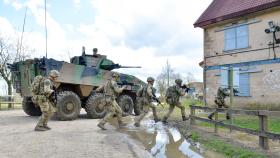
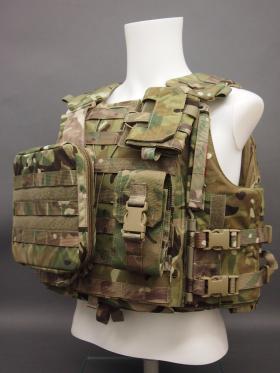
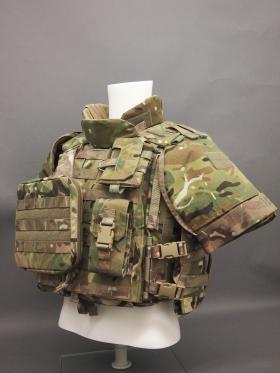
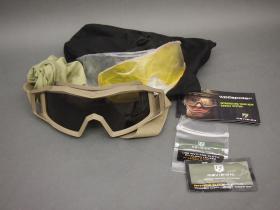
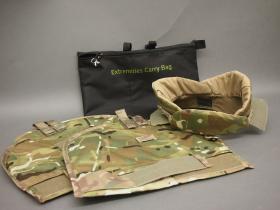
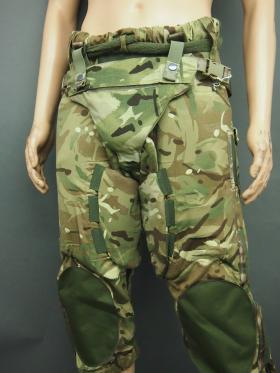
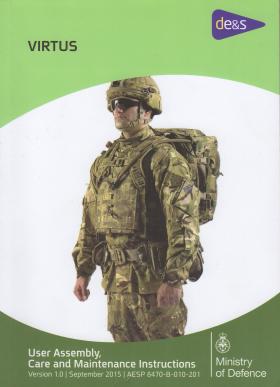




Latest Comments
There are currently no comments for this content.
Add Comment
In order to add comments you must be registered with ParaData.
If you are currently a ParaData member please login.
If you are not currently a ParaData member but wish to get involved please register.